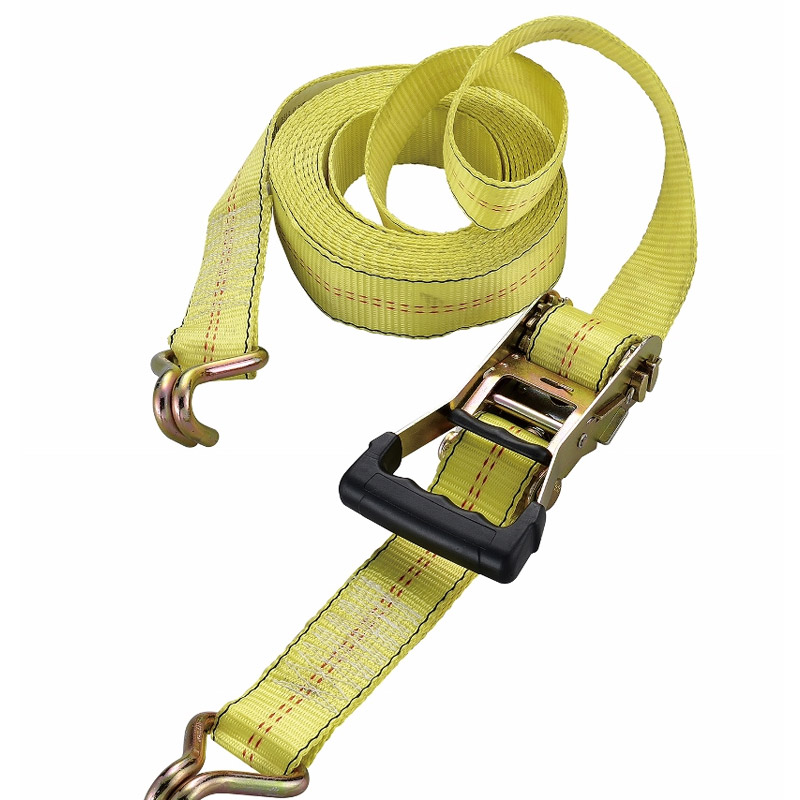Chemical Bonding Techniques for M12 Anchor Bolts in Construction Applications
Understanding Chemical Anchor Bolts A Focus on M12 Size
In the realm of construction and structural engineering, the integrity and strength of connections are paramount. One essential component that plays a significant role in ensuring that these connections are secure is the anchor bolt. Among the various sizes and types of anchor bolts available, the chemical anchor bolt, particularly in the M12 size, has gained notable traction due to its efficiency and reliability.
What is a Chemical Anchor Bolt?
Chemical anchor bolts are fasteners that use a two-part epoxy resin or adhesive to secure the bolt within a hole drilled into concrete, masonry, or other substrates. The innovative aspect of chemical anchors is that they rely on a chemical bond rather than just mechanical friction, which provides a more robust and secure fastening solution. This method is especially advantageous in situations where standard mechanical anchors may not be effective or where high loads are anticipated.
The M12 Size Explained
In the metric system, M12 refers to a bolt with a nominal diameter of 12 millimeters. This size is versatile and is often used in various applications, from residential construction to industrial settings. The M12 chemical anchor bolt is capable of bearing significant loads while maintaining a compact design, which makes it suitable for a wide range of projects.
Advantages of M12 Chemical Anchor Bolts
1. High Load Capacity One of the primary advantages of chemical anchor bolts is their ability to support higher loads compared to traditional mechanical anchors. The chemical bond formed between the resin and the substrate distributes the load more evenly, reducing stress concentrations that can lead to failure.
2. Versatility M12 chemical anchor bolts can be used in various materials, including concrete, brick, and stone. This adaptability makes them a go-to solution for different construction projects where reliable anchoring is needed.
3. Resistance to Environmental Factors Chemical anchors are often resistant to moisture, chemical exposure, and temperature fluctuations. This durability enhances the longevity of the fastening, making it suitable for both indoor and outdoor applications.
chemical anchor bolt m12

4. Ease of Installation The installation of M12 chemical anchor bolts involves drilling a hole, cleaning it, injecting the adhesive, and then inserting the bolt. Today’s chemical anchor systems are designed for user-friendliness, enabling contractors to achieve a secure fix without extensive training.
5. No Expansion Pressure Unlike mechanical anchors that work through expansion, chemical anchors do not exert pressure on the surrounding material during installation. This feature minimizes the risk of cracking or damaging delicate substrates.
Applications of M12 Chemical Anchor Bolts
M12 chemical anchor bolts are employed in various applications where strength and reliability are crucial. Common uses include
- Structural Steel Connections In buildings, chemical anchors can connect steel framework to concrete foundations or walls. - Bridges and Infrastructure Transport infrastructure often relies on chemical anchor bolts for various load-bearing connections, ensuring structural integrity. - Equipment and Machinery Installation Factories and industrial sites frequently use chemical anchors to secure heavy machinery and equipment, contributing to overall safety and stability. - Mounting Systems Whether it's for signage, shelving, or other fixtures, M12 chemical anchor bolts provide reliable support in various mounting applications.
Installation Best Practices
To ensure the best performance from M12 chemical anchor bolts, several installation best practices should be followed
1. Surface Preparation Ensure that the substrate is clean and free from dust, debris, and moisture to promote the strongest bond. 2. Correct Adhesive Usage Use the appropriate type and amount of adhesive as specified by the manufacturer. Different applications may require different formulations. 3. Curing Time Allow the adhesive to cure properly before applying any loads. Following manufacturer guidelines for curing time is essential to achieve maximum bond strength.
Conclusion
M12 chemical anchor bolts represent a robust solution in the anchor bolt family, combining ease of use, high load capacity, and resistance to environmental factors. Their versatility makes them an indispensable component in modern construction and infrastructure projects. As the demand for durable and reliable fastening solutions continues to grow, understanding the benefits and applications of M12 chemical anchor bolts will be crucial for engineers, contractors, and builders alike. By embracing such innovative technologies, the construction industry can continue to enhance safety and efficiency in its projects.
-
Weatherproof Plastic Expansion Anchors for OutdoorNewsJun.06,2025
-
Sustainability in the Supply Chain: Eco-Friendly TEK Screws ProductionNewsJun.06,2025
-
Load-Bearing Capacity of External Insulation FixingsNewsJun.06,2025
-
Double Head Bolts: Enhancing Efficiency in Industrial MachineryNewsJun.06,2025
-
Corrosion Resistance in Chipboard Screws: Coatings for Wholesale DurabilityNewsJun.06,2025
-
Butterfly Toggle Bolts : Enhancing Structural ResilienceNewsJun.06,2025
